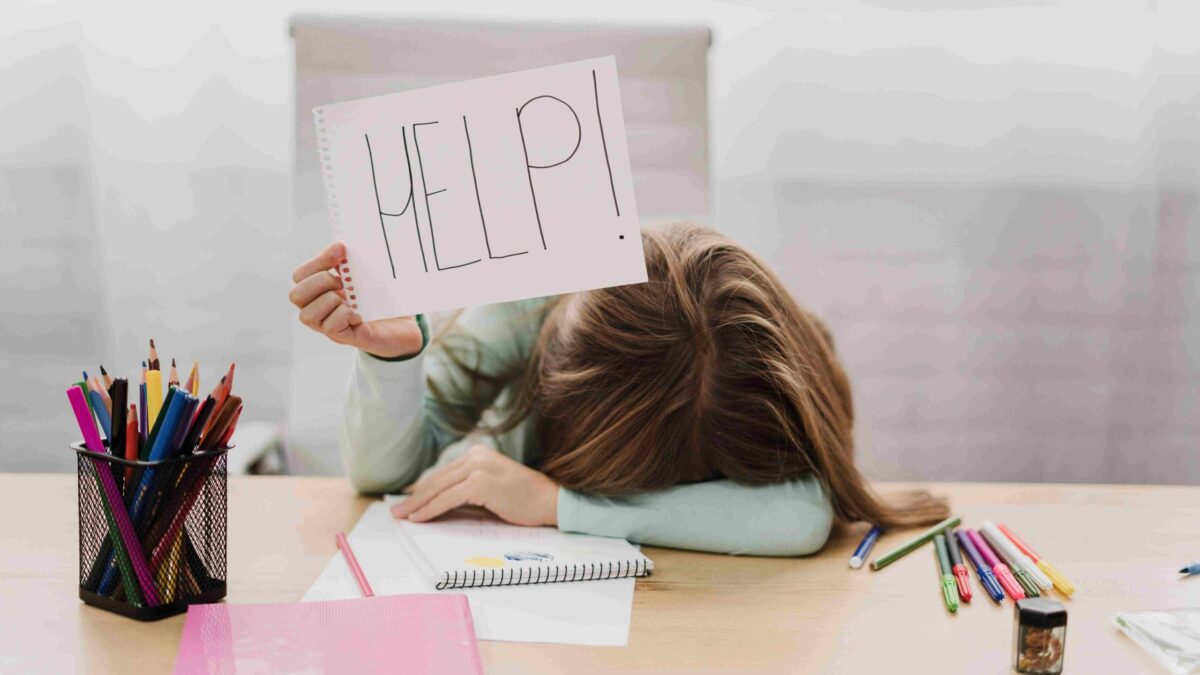
Diabetes Mellitus
January 2, 2024
PCOD / PCOS
January 2, 2024Attention deficit hyperactivity disorder (ADHD)
These are the common symptoms seen in children when they suffer from either attention deficit disorder (ADD) or attention deficit hyperactivity disorder (ADHD).
- Distractibility and difficulty with concentration and focus
- Short-term memory lapses
- Procrastination
- Tardiness, impulsiveness
- Problems in organising the activities and their belongings
- Weak planning and execution
The factors that are linked to ADD and ADHD are :
- It is a genetic disorder.
- Tobacco smoking during pregnancy
- Lead exposure
- Head injury
- Malnutrition
- Others
Common triggers : The following food items, when consumed too often, increase the intensity of the symptoms:
- Foods and drinks with artificial oculars
- Food and drinks will not contain artificial flavouring agents or synthetic preservatives.
- Food and drinks with added sugar.
- Non-vegetarian foods also increase hyperactivity in sensitive children.
- Some children who are sensitive to gluten and casein proteins respond to their diet
restrictions.
DSM-IV criteria for ADHD
1A
We make a diagnosis of ‘attention deficit disorder’ when six or more of the following symptoms of inattentiveness are observed for six months, disturbing the development of the child.
- Poor attention to details or careless mistakes involving school and homework
- Even while playing, this is evident.
- Does not pay attention to listening when spoken to directly.
- Often does not follow instructions and fails to finish schoolwork, chores, or duties in
the workplace. - Poor in organising activities
- Avoids, dislikes, or doesn't want to do things that take a lot of mental effort for a long
period of time, for example, schoolwork or homework. - Lose toys, school assignments, pencils, books, etc.
- Is easily distracted
- Forgetful in daily activities
1B
We make a diagnosis of ‘hyperactivity disorder’ when six or more of the following symptoms of hyperactivity are observed for six months, disturbing the development of the child.
- Fidgets with hands, feet, or squirms in the seat
- Gets up from seat when remaining in seat is expected
- Running about or climbing in the wrong places
- Plays very noisily
- So high on activity as if "burning candles from both ends"
- Loquacity: talking too much
Impulsiveness
- Starts answering before the complete question has been asked.
- They cannot wait for their turn.
- Intrudes on others activities
ADHD combined type: when both the criteria—1A and 1B—have been met for the past 6 months.
ADHD, predominantly inattentive type: when criterion 1A is met but criterion 1B is not met for the past 6 months
ADHD predominantly hyperactive type: where criteria 1B is met but criteria 1A is not met for the past 6 months
Role of Homeopathy
- Homeopathy can play a complimentary role in their treatment.
- There are some homeopathic remedies that can attend to the constitution of the child, and there are remedies that can treat individual symptoms.
- Along with giving the various therapies, giving homeopathy to the child will definitely be useful because, through homeopathy, attendingn to the constitution will bring about desired changes.
- Problems due to various levels of immune deficiencies that result in recurrent infections such as frequent coughs and colds, glue ear, etc. We can significantly improve the resistance by employing medicines like Tuberculinum, C-nosode, etc.
- Often, kids with ADHD or ADD have issues with their bowel flora. It results in either constipation or diarrhoea. Homeopathy, along with probiotics, can significantly improve bowel health.
- The other advantage of homeopathic treatment is that it is completely safe, as it does not have any toxic effects on the body or mind


